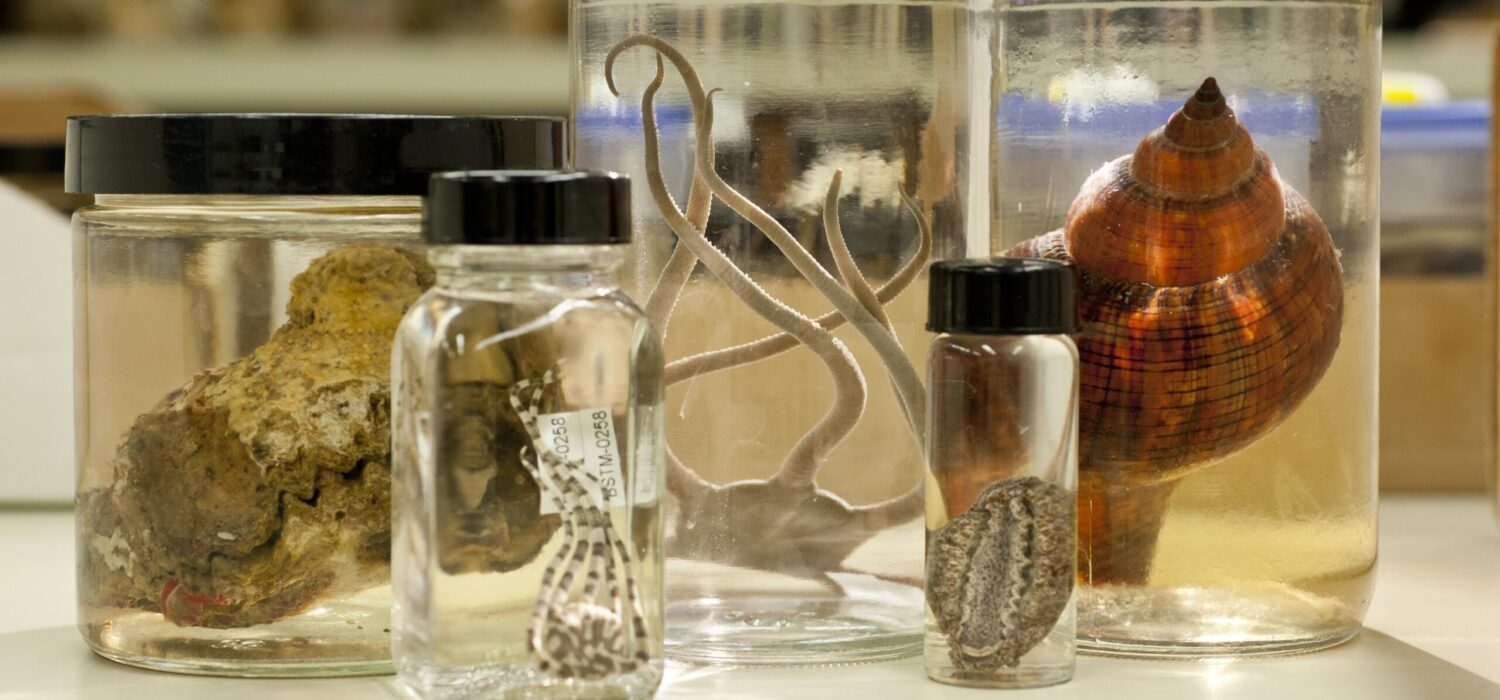Appropriators in the U.S. House of Representatives have started to consider spending bills for fiscal year (FY) 2020. Importantly, Congress and the President have not yet reached agreement on a deal to raise the budget caps that are set to kick in later this year.
Since 2013, budget sequestration has dramatically cut funding available for federal programs that support research, environmental stewardship, education, housing, foreign aid, and other programs. Congress has since reached three budget agreements, in 2013, 2015 and 2018, to lessen the extent of sequestration. The Bipartisan Budget Act of 2018 expires on October 1, 2019. Several science agencies, including the National Science Foundation (NSF), the Environmental Protection Agency (EPA), the U.S. Geological Survey (USGS), and the National Institutes of Health (NIH), could experience cuts if the budget caps are not raised prior to FY 2020.
The House and Senate leadership have begun discussions with the White House on a possible two-year budget deal. Although it is still unclear how the budget cap negotiations will play out, House appropriators are pushing forward with their own spending plan.
The House Appropriations Committee advanced the Labor, Health and Human Services, Education, and Related Agencies appropriations bill, their first spending bill for FY 2020, on May 8. The bill includes $189.9 billion in discretionary funding, an increase of $11.8 billion above the 2019 enacted level and $48 billion above the President’s budget request for FY 2020. The National Institutes of Health would receive $41.1 billion in FY 2020, an increase of $2 billion over the FY 2019 enacted level. The Institute of Museum and Library Services (IMLS), slated for closure under the President’s budget, would receive $257 million, an increase of $15 million.
The House Appropriations panel has also approved topline spending numbers for each of the twelve appropriations subcommittees, allocating increases to all 12 spending bills relative to FY 2019 enacted levels. The spending number for Commerce, Justice, Science, and Related Agencies, which includes the National Science Foundation, National Oceanic and Atmospheric Administration, National Institute of Standards and Technology, and National Aeronautics and Space Administration, would increase by $2.3 billion to $66.4 billion. The Energy and Water Development allocation, which includes funding for the Department of Energy Office of Science, would get a boost of $1.8 billion over FY 2019. The panel has also approved spending increases for Interior, Environment, and Related Agencies (+$1.7 billion) and Agriculture (+$1.3 billion).
On May 15, the House spending panel on Interior, Environment, and Related Agencies advanced their FY 2020 appropriations bill that would boost funding for the Department of the Interior (+$833 million) and the Environmental Protection Agency (+$ 672 million) in FY 2020. The bill would provide $1.24 billion (+$75 million) for USGS, $1.4 billion (+$66 million) for the Bureau of Land Management, $1.7 billion (+$79 million) for the U.S. Fish and Wildlife Service, and $3.4 billion for National Park Service (+$168 million). The Smithsonian Institution would receive $1.07 billion, an increase of $28 million above FY 2019.
The Senate has yet to begin marking up spending bills for FY 2020. Republican appropriators in the Senate have expressed an interest in reaching a bipartisan, bicameral agreement on discretionary spending caps before starting work on appropriations.

